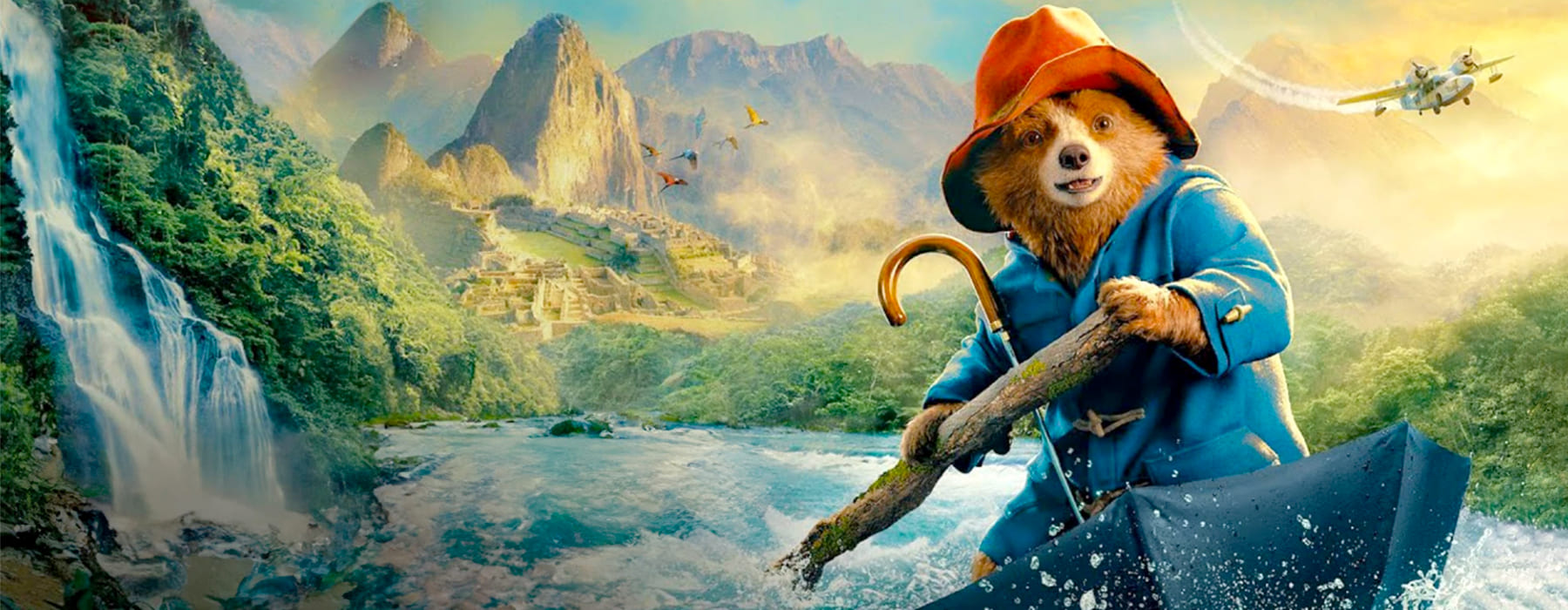
The film Paddington in Peru, based on the famous books by Michael Bond, has not only captivated millions of viewers around the world, but has also found a home in many corners of Latin America, including Peru. This film, which combines tenderness, humor and an endearing story, has managed to connect with audiences of all ages, and Peru has been no exception. In this article, we explore the Paddington phenomenon in Peru, its arrival on Peruvian screens and its legacy in family cinema.
The arrival of the movie Paddington to Peruvian screens was an event that filled with excitement the little ones and the nostalgic adults who grew up with the adventures of the famous bear. The story, based on the books by Michael Bond, transports audiences to a world of tenderness and humor, while introducing Paddington, a teddy bear with a unique sense of humor and an endearing character. In Peru, this film was not only an invitation to enjoy a warm narrative, but also an occasion to explore how the universal themes of the story connect with Peruvian culture.
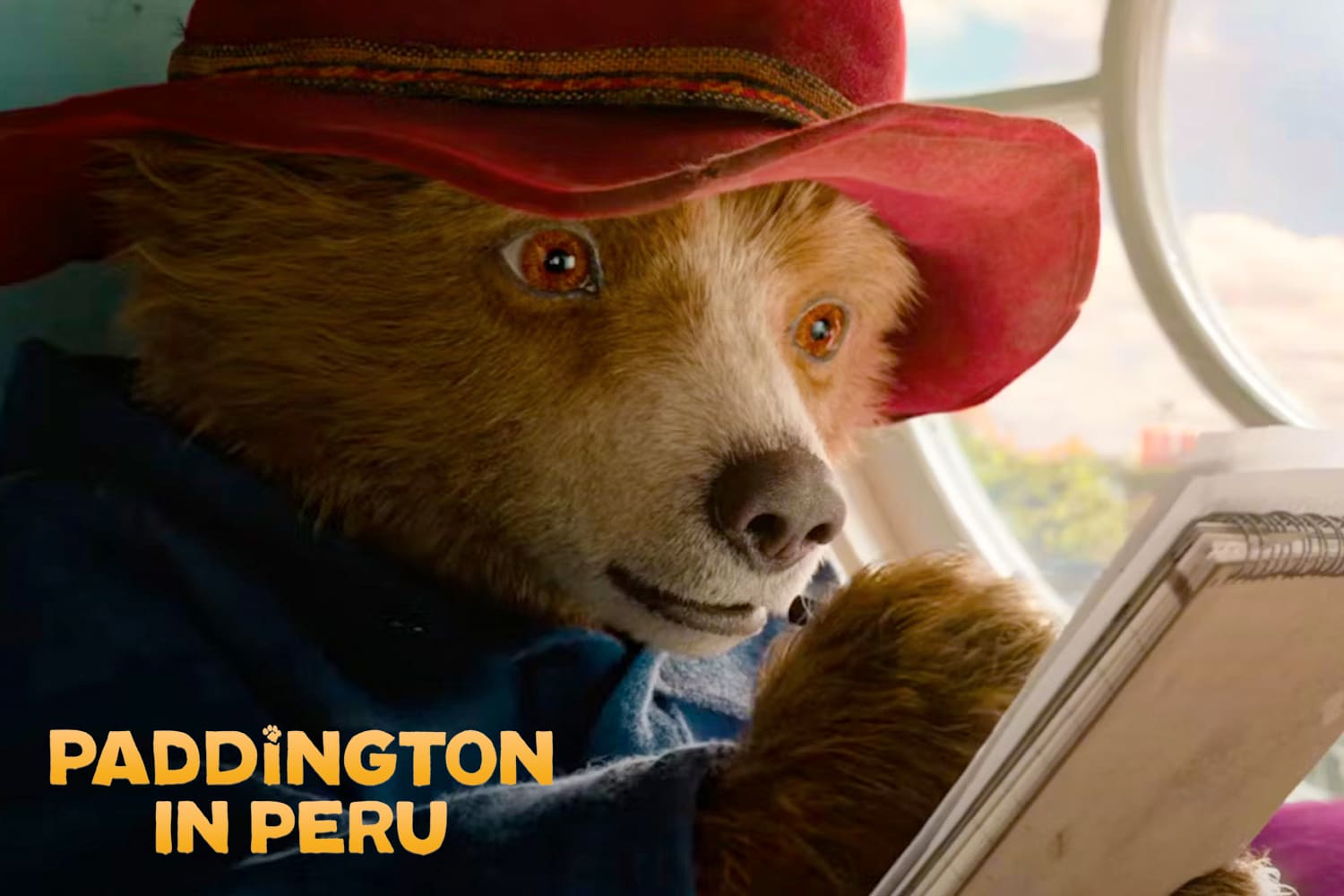
The figure of Paddington is already a cultural icon in many parts of the world. Since its appearance in 1958 in the books written by Michael Bond, the bear originally from Peru has conquered generations of readers. In the story, Paddington is a bear who arrives in London from the jungles of Peru, after being found by a good Samaritan called Mr. Brown at Paddington train station. With his red hat, his blue coat and his tag that says “Please take care of me”, Paddington embarks on a series of comical but also very endearing situations.
It is important to note that, although the film takes place in London, the character has a strong connection with Peru, a point that the film celebrates and highlights, and which is especially relevant when it is presented in Peruvian cinemas. In this work, the nostalgia of the original story is mixed with the modernity of contemporary cinema.

Paddington is a Peruvian teddy bear who, in his literary and cinematic adventures, embarks on a journey to the United Kingdom in search of a new home. His story begins in the Peruvian jungle, where he is found by a family of explorers. After being orphaned due to a natural disaster, Paddington heads to London, where his life takes a turn when he is adopted by the kind Brown family. Throughout the saga, the bear faces comical and exciting situations, while trying to find his place in the world, always demonstrating his kindness, bravery and an infectious sense of humor.

The first Paddington film was released in 2014 under the direction of Paul King. Featuring a cast that included Hugh Bonneville, Sally Hawkins and Nicole Kidman, the film received praise for both its family humor and its digital interpretation of the endearing bear. In addition, critics highlighted its perfect balance between the nostalgia of the original books and their updating for a new generation of viewers.
The success was immediate and the film established itself as an international phenomenon, being followed by a sequel, Paddington 2, released in 2017. This sequel not only achieved success at the box office, but received even better reviews, being considered one of the best sequels of all time and a film suitable for all audiences, from the little ones to adults.
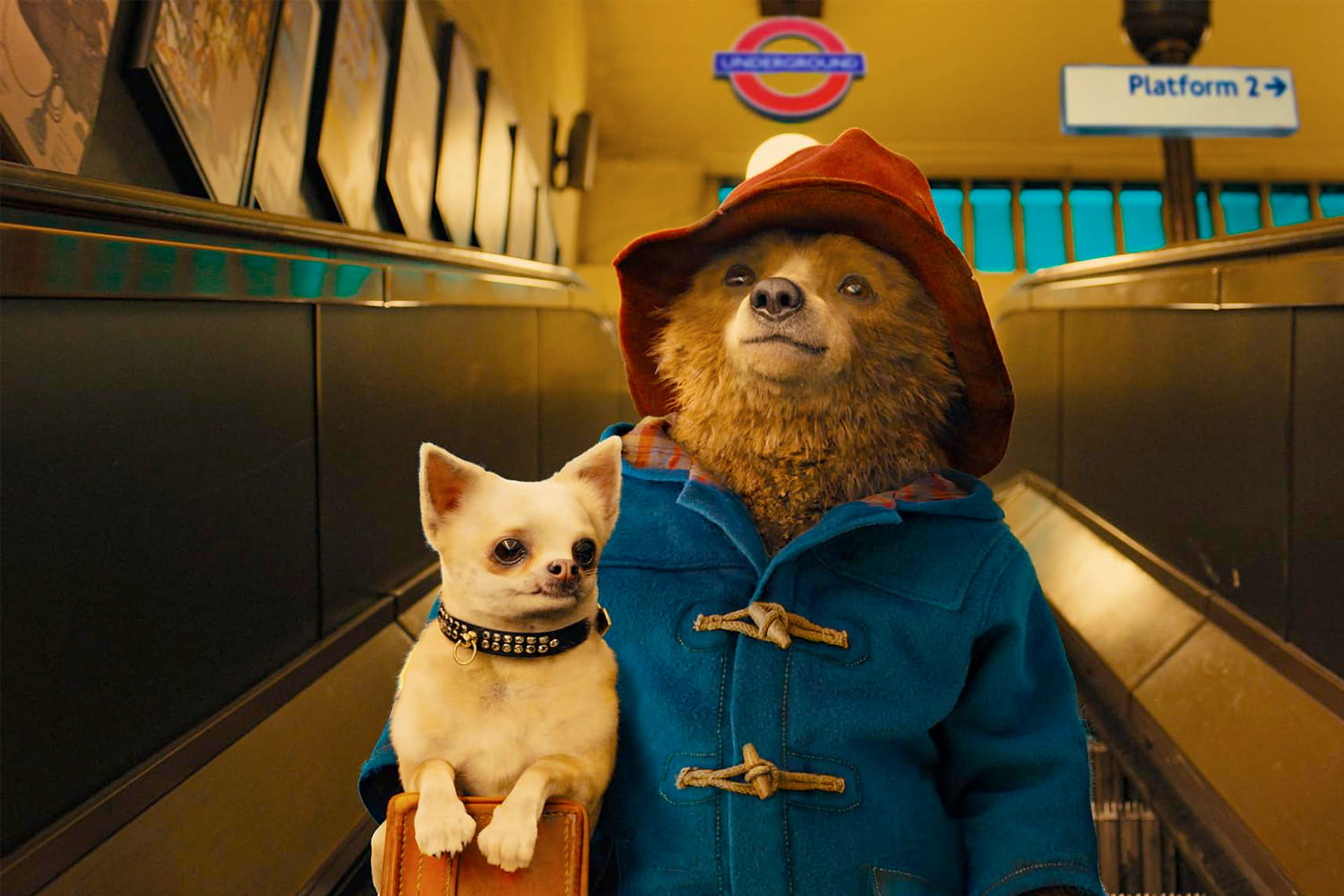
The Paddington saga did not take long to reach Peruvian screens, where it was received with enthusiasm by both children and adults. The mix of humor, adventure and tenderness, along with the values of kindness, empathy and acceptance, quickly connected with the Peruvian public, who felt identified with the origin of Paddington in the jungle of Peru.
The film was excellently received in cinemas in Peru, especially in Lima, where it was shown in various commercial cinemas and independent cinemas. Over the years, Paddington has managed to establish itself as a family film par excellence, recommended for the whole family for its positive content and inclusive approach. Furthermore, the story that begins in Peru has been a source of pride for many, who have highlighted the link with the Andean country and its culture.
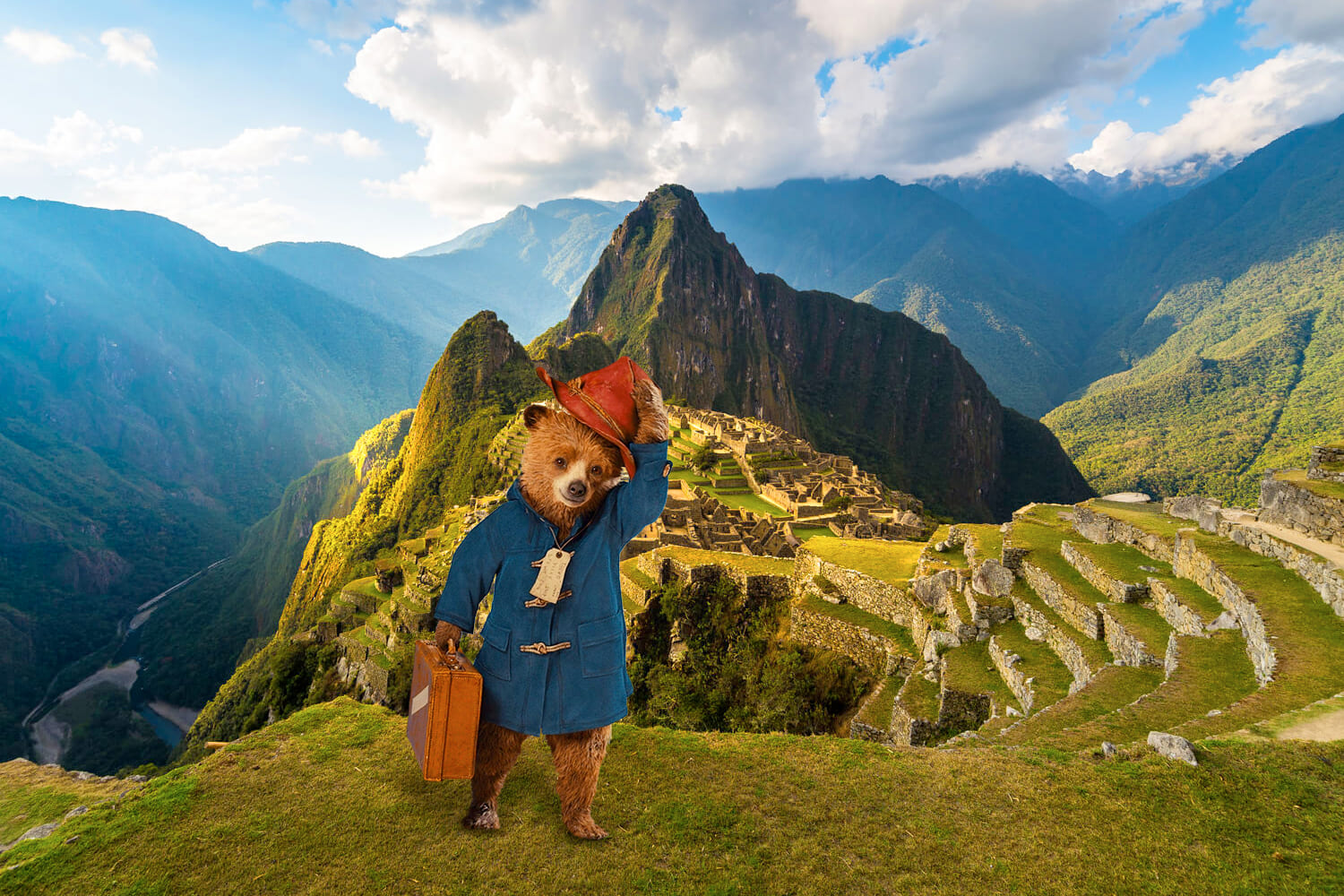
One of the most notable aspects of Paddington is, without a doubt, its Peruvian origin. Throughout the films and books, reference is made to the bear’s roots in the Peruvian jungle, specifically the Amazon region. This not only contributes to giving a unique touch to the character, but has also awakened a sense of national pride among Peruvians, who see in Paddington a figure that reflects the beauty and diversity of their country.
Although the films do not delve excessively into Peruvian culture, they do emphasize the fact that Paddington comes from an exotic place, full of nature and adventure. In various scenes, the fauna, landscapes and colorful environment of the Peruvian jungle are subtly reflected, leading Peruvians to feel more connected to the Paddington universe.

Paddington: The Fictional Bear with Peruvian Roots
For those who know the adventures of the teddy bear, it is a known fact that Paddington has its origins in Peru. This detail, which is briefly mentioned in Michael Bond’s books and is highlighted in the film adaptations, has caused great curiosity among fans, especially the Peruvian public. Although Paddington’s story begins in London, where he meets the kind Browns, the fact that he comes from a country as far away and exotic as Peru gives an additional layer of magic to the character.
Paddington is described as a bear “originally from the jungle”, and although its exact species is never delved into much detail, its physical characteristics – its medium size, its brown fur and its tenderness – are reminiscent of a very special type of bear: the spectacled bear (Tremarctos ornatus), a species native to the Andes of South America. This bear is famous for the distinctive markings around its eyes, which resemble a pair of glasses, a trait that gives it its common name.
The Spectacled Bear: A Guardian of Peruvian Biodiversity
The spectacled bear is a species that only lives in South America, specifically in the mountainous areas of the Andes, covering countries such as Venezuela, Colombia, Ecuador, Bolivia and, of course, Peru. This animal is one of the few bears that exist on the American continent and is distinguished by its peculiar appearance and generally solitary behavior.
What makes the connection between Paddington and the spectacled bear even more fascinating is that, although there is no official confirmation that Paddington is a representation of this species, the similarities between the two are undeniable. The spectacled bear is a nocturnal, calm and mainly herbivorous animal that lives in the cloud forests of the Andes. He has a diet that includes fruits, plants, and sometimes insects, which makes him a gentle and curious being, similar to the personality attributed to Paddington, who, despite his blunders, is always well-intentioned and respectful of nature.
On the other hand, the spectacled bear has a special relationship with the biodiversity of the Andean region. It is considered a symbol of conservation, as it is a vulnerable species and faces threats such as habitat destruction, poaching and climate change. In this sense, the spectacled bear is not only a biologically fascinating species, but also a call to action to protect the ecosystems of the Andes.
Similarities and Connections between Paddington and the Spectacled Bear
Although Paddington is a fictional character, his relationship with the Peruvian spectacled bear becomes more relevant when the similarities between the two are observed:
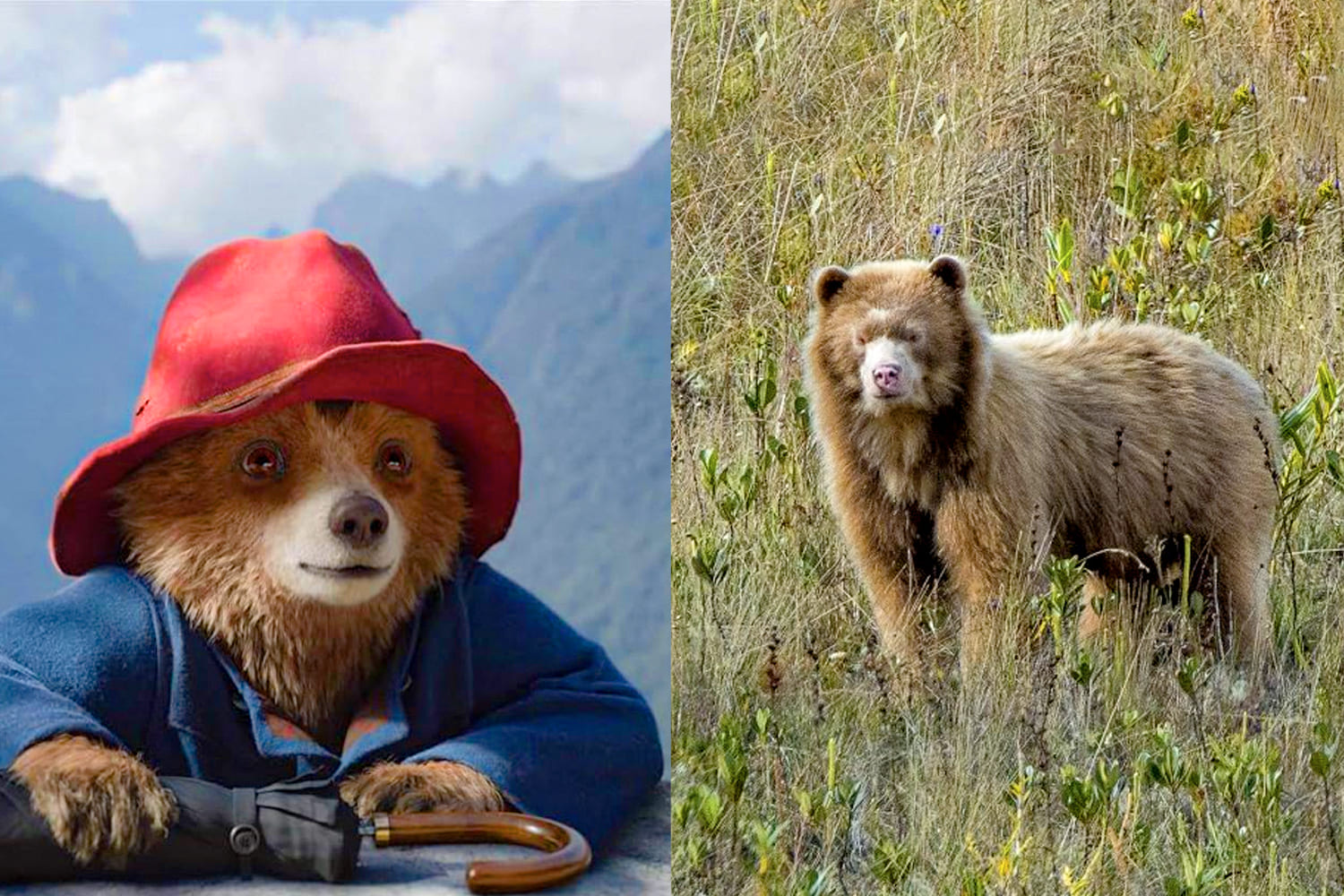

Enjoy an incredible vacation, in the heart of the Inca empire, Cusco, our travel program will take you to the most famous tourist attractions of Cusco, such as the Sacred Valley of the Incas, Machu Picchu, in very cozy hotels.

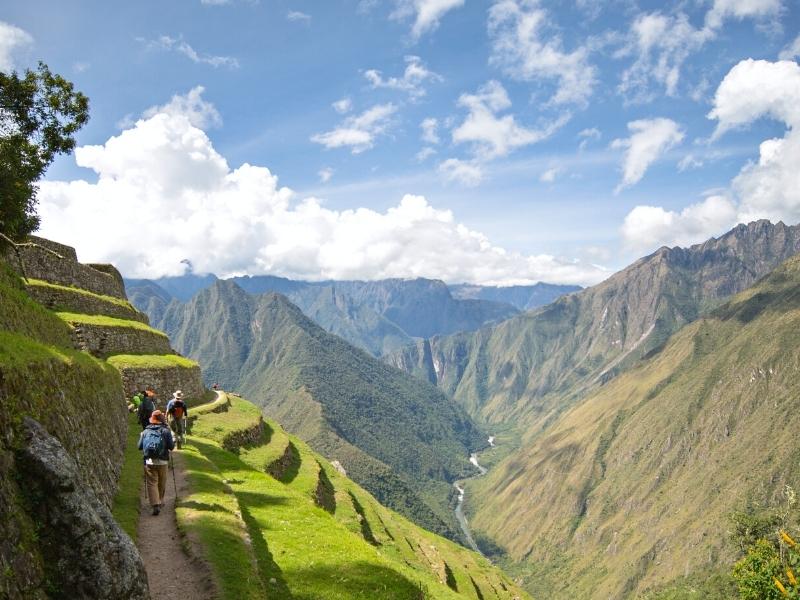
The classic Inca Trail hike to Machu Picchu is one of the world's greatest hikes. Along the 45 km you will explore unique andean valleys, lush mountain forest.An exquisite architecture of the Inca sanctuaries, which will dazzle you for its fineness and location within the Andes.

Manu National Park is located in the Amazon rainforest of Peru. This attraction is one of the few places on the planet that still maintains its great biodiversity of birds, mammals, reptiles and many medicinal plants.
